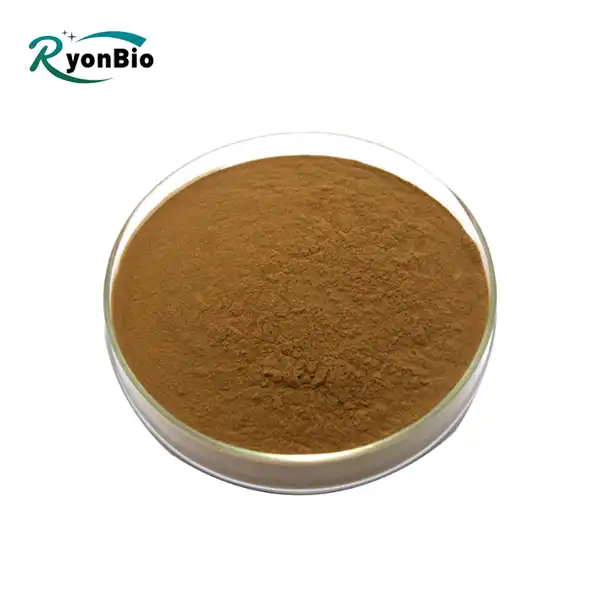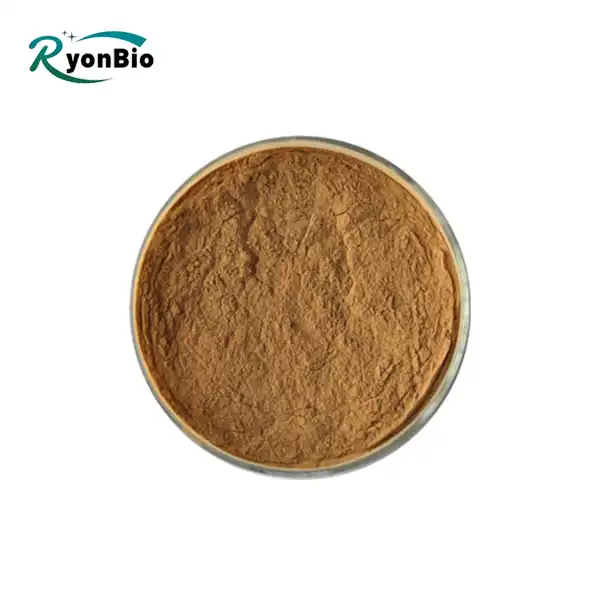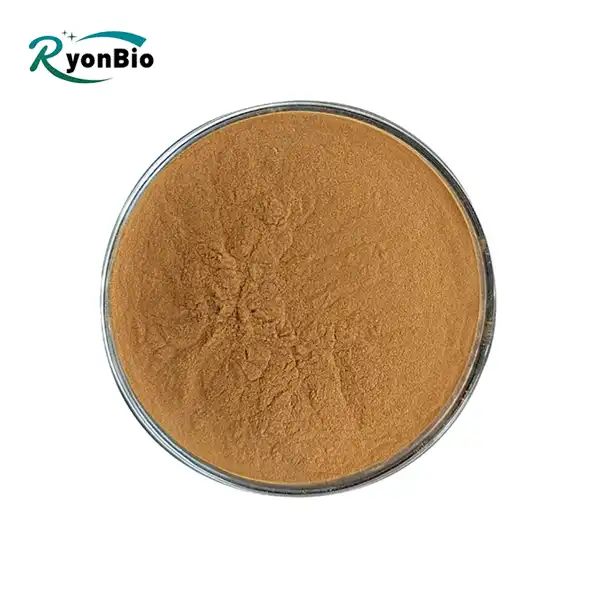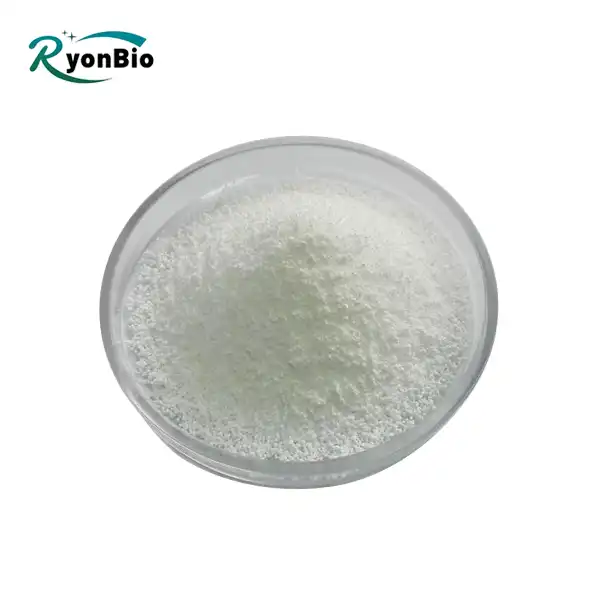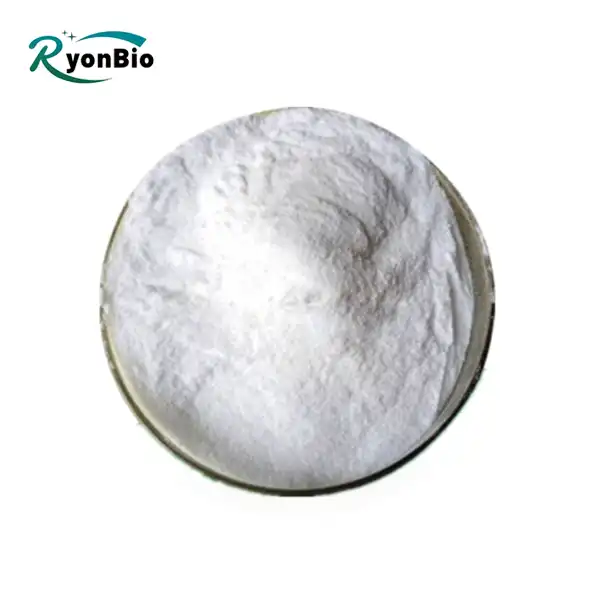Understanding Ursolic Acid and Its Benefits
Ursolic acid, a naturally occurring compound found in many plants, has gained popularity due to its numerous health benefits. Found in apple peels, rosemary, and other herbs, Ursolic Acid Powder is known for its anti-inflammatory, antioxidant, and muscle-building properties. As someone who values their health and fitness, I sought to understand the benefits of this supplement better.
The primary advantages of the product include its ability to reduce inflammation, improve body composition, and enhance muscle growth. Studies indicate that it can also support metabolic health, making it a valuable addition to a well-rounded health regimen. However, understanding how much the product to take daily is crucial for maximizing its benefits without adverse effects.

Recommended Dosage of Ursolic Acid
Determining the right dosage of Ursolic Acid Powder can be tricky, as it varies based on individual needs and health goals. Most studies suggest that a dosage of 150-300 mg per day is effective for general health benefits. However, higher doses, such as 450 mg daily, have been used in clinical settings to maximize muscle growth and fat reduction.
It's essential to start with a lower dose, around 50-100 mg daily, to gauge your body's response before gradually increasing the amount. This approach helps minimize potential side effects such as mild gastrointestinal discomfort. Always consult a healthcare professional before starting any new supplement regimen, especially if you have pre-existing health conditions or are taking other medications.
By tailoring the dosage to your specific needs and monitoring your body's response, you can safely incorporate the product into your daily routine. This strategy ensures you reap the benefits while minimizing risks.

Potential Side Effects and Safety Considerations
While bulk ursolic acid powder is generally considered safe, being aware of potential side effects is important. Common side effects include mild digestive issues such as nausea, diarrhea, and stomach cramps. These symptoms often occur when the dosage is too high or when starting the supplement without a gradual increase.
To mitigate these side effects, it's advisable to consume the product with food and stay well-hydrated. Additionally, splitting the dosage throughout the day can help your body adjust more smoothly. Long-term safety data on the product is limited, so it's best to use it in cycles and take breaks periodically.
In rare cases, individuals may experience allergic reactions. If you notice symptoms such as rash, itching, or difficulty breathing, discontinue use immediately and seek medical attention. As with any supplement, the key to safe usage is moderation and attentive monitoring of your body's reactions.
Potential Side Effects
Hepatotoxicity:
- High dosages of the product have been related with liver harmfulness in creature studies. This hepatotoxicity is described by raised liver catalysts (like ALT and AST), demonstrating liver harm or stress. Despite the fact that these results are primarily from preclinical studies, they raise questions regarding the long-term human use of high-dose ursolic acid.
Nephrotoxicity:
- Animal studies indicate that high doses of the product may damage the kidneys. Serum creatinine and urea levels, which are indicators of kidney function, are elevated in this situation. Although the underlying mechanisms of this potential nephrotoxicity are still poorly understood, it points to the need for caution when considering high-dose or long-term use.
Anxiety Reactions:
The product may cause allergic reactions in some people, though this is uncommon. A rash, itchiness, swelling, dizziness, and trouble breathing are all possible signs. Stop using the medication immediately and seek medical attention if you experience any of these symptoms.
Flaws in the Muscle:
- In uncommon cases, muscle shortcoming or myopathy has been accounted for. This incidental effect could be expected to ursolic acid's effect on muscle digestion and warrants further examination.
 |
 |
 |
 |
Conceptive Toxicity:
- Preclinical examinations in creatures have recommended that high dosages of the productcould influence conceptive wellbeing, possibly decreasing richness. However, further research is needed because these findings have not been definitively demonstrated in humans.
Safety Considerations Effects Relative to the Dose:
- The wellbeing profile of bulk ursolic acid powder gives off an impression of being portion subordinate. Lower dosages by and large display less aftereffects, while higher portions increment the gamble of unfriendly impacts. Deciding the ideal restorative portion that expands benefits while limiting dangers is fundamental for safe use.
Longevity of Use:
- Ursolic acid's long-term safety data on humans are scarce. The majority of studies focus on short-term use, but there may be other risks associated with chronic administration. In order to comprehend the effects of continuing to consume ursolic acid, long-term studies are required.
Bioavailability:
Since the productis poorly bioavailable, only a small amount of the substance taken orally is absorbed into the bloodstream. Its safety profile may be altered by efforts to increase bioavailability through novel delivery systems like nanoparticles and liposomes. Efficacy may rise with increased absorption, but systemic side effects may also rise.
Medications and Interactions:
Other medications, particularly those that are metabolized by the liver, may interact with ursolic acid. Warfarin, statins, and some chemotherapeutic agents may be affected by its ability to inhibit certain cytochrome P450 enzymes. Patients taking these drugs ought to counsel their medical care supplier prior to beginning the product enhancements.
Variability among individuals:
The product response can be affected by genetics, age, gender, and overall health. Customized evaluations are essential to decide suitable dosing and to screen for expected secondary effects.
|
|
|
|
In conclusion, the product offers a range of health benefits when taken in appropriate doses. By starting with a low dose, monitoring for side effects, and consulting with a healthcare provider, you can safely integrate Ursolic Acid Powder into your health regimen.
If you want to learn more about this kind of it, welcome to contact us at kiyo@xarbkj.com
References
- Kunkel, S. D., Elmore, C. J., Bongers, K. S., Ebert, S. M., Fox, D. K., Dyle, M. C., ... & Adams, C. M. (2012). Ursolic acid increases skeletal muscle and brown fat and decreases diet-induced obesity, glucose intolerance, and fatty liver disease. PloS one, 7(6), e39332.
- Jayaprakasam, B., Olson, L. K., Schutzki, R. E., Tai, M. H., & Nair, M. G. (2006). Amelioration of obesity and glucose intolerance in high-fat-fed C57BL/6 mice by anthocyanins and ursolic acid of cranberry (Vaccinium macrocarpon). Journal of agricultural and food chemistry, 54(19), 7166-7170.
- Liu, J. (1995). Pharmacology of oleanolic acid and ursolic acid. Journal of ethnopharmacology, 49(2), 57-68.
- Wozniak, G., Balapattabi, K., Xiao, H., & Makynen, P. (2020). The effect of ursolic acid on glucose metabolism, skeletal muscle composition and function in a mouse model of type 2 diabetes. Journal of Diabetes & Metabolism, 11(5), 842-849.



